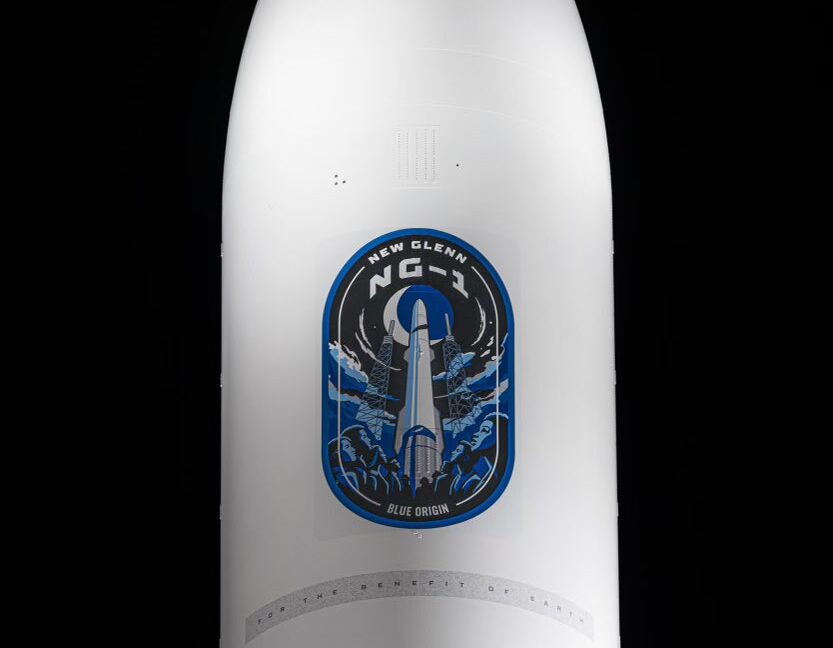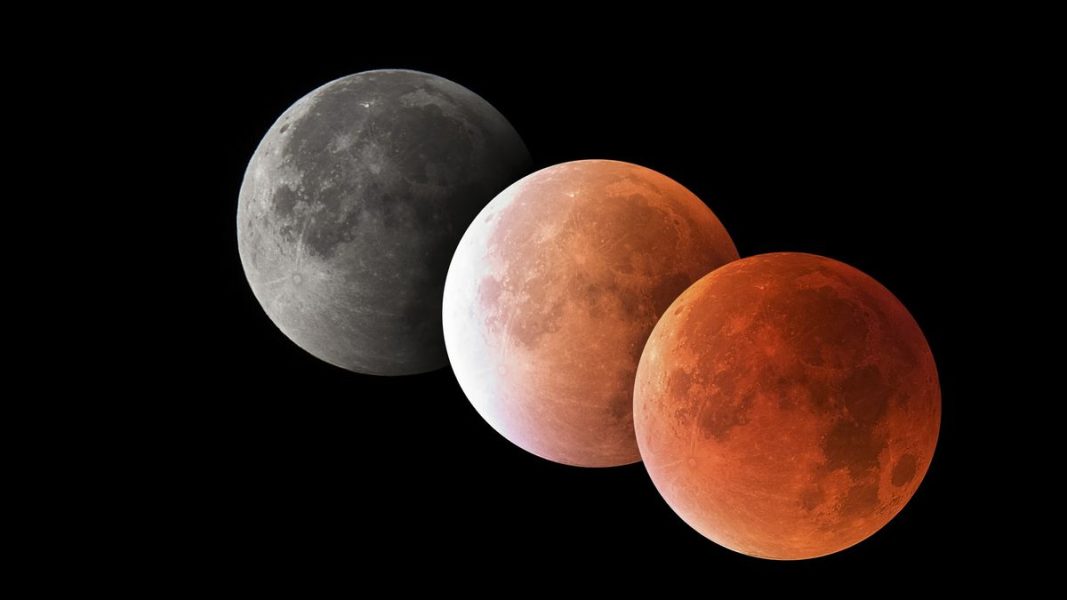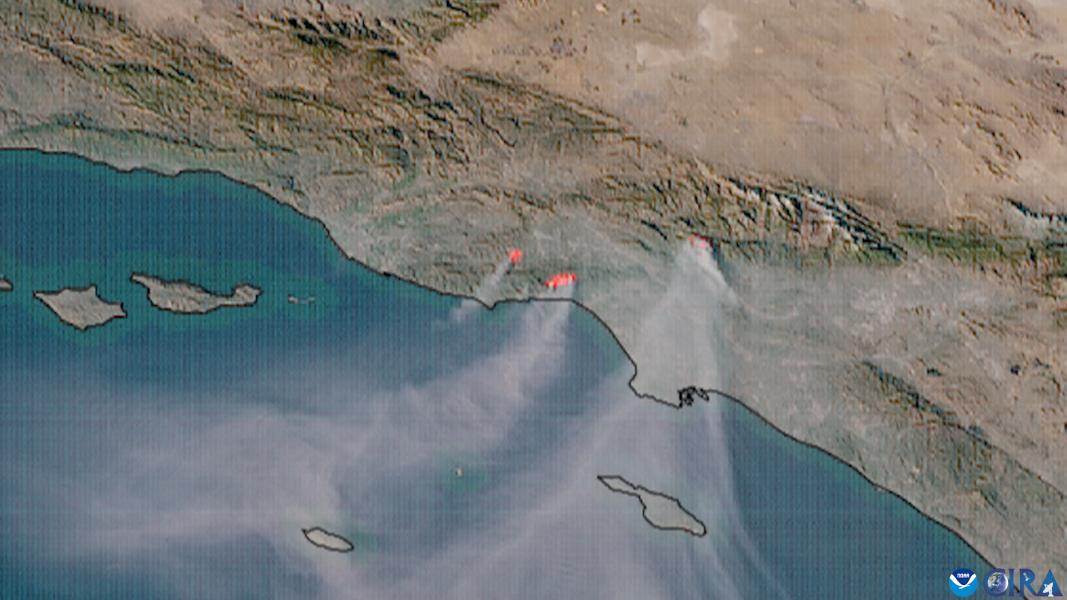New Glenn rocket is at the launch pad, waiting for calm seas to land – Ars Technica

“Landing our booster offshore is ambitious—but we’re going for it.”
COCOA BEACH, Fla.—As it so often does in the final days before the debut of a new rocket, it all comes down to weather. Accordingly, Blue Origin is only awaiting clear skies and fair seas for its massive New Glenn vehicle to lift off from Florida.After the company completed integration of the rocket this week, and rolled the super heavy lift rocket to its launch site at Cape Canaveral, the focus turned toward the weather. Conditions at Cape Canaveral Space Force Base have been favorable during the early morning launch windows available to the rocket, but there have been complications offshore.That’s because Blue Origin aims to recover the first stage of the New Glenn rocket, and sea states in the Atlantic Ocean have been unsuitable for an initial attempt to catch the first stage booster on a drone ship. The company has already waived one launch attempt set for 1 am ET (06:00 UTC) on Friday, January 10.Conditions have improved a bit since then, but on Saturday evening the company’s launch officials canceled a second attempt planned for 1 am ET on Sunday. The new launch time is now 1 am ET on Monday, January 13, when better sea states are expected. There is a three-hour launch window. The company will provide a webcast of proceedings at this link beginning one hour before liftoff.According to a mission timeline shared by Blue Origin on Saturday, it will take several hours to fuel the New Glenn rocket. Second stage hydrogen loading will begin 4.5 hours before liftoff, followed by the booster stage and second stage liquid oxygen at 4 hours, and methane for the booster stage at 3.5 hours to go. Fueling should be complete about an hour before liftoff.During a nominal mission the booster stage’s seven BE-4 engines—which have previously performed well during two flights of United Launch Alliance’s Vulcan rocket—will burn liquid methane for 3 minutes and 10 seconds. If all goes well with this booster stage after separation from the second stage, it will initiate a 28-second burn to make a controlled reentry into Earth’s atmosphere, followed by a landing burn before touching down at 9 minutes and 28 seconds into the flight.Since this is the debut flight of New Glenn, it is plausible that something could go wrong with the booster stage or upper stage in flight, although Blue Origin has gone to great effort to ensure a clean mission. Landing the first stage successfully on the initial flight represents a major challenge, however. Success seems unlikely, but not impossible.”Our objective is to reach orbit,” Blue Origin CEO Dave Limp said this week. “Anything beyond that is a bonus. Landing our booster offshore is ambitious—but we’re going for it. No matter what, we will learn a lot.”As for the second stage, it is intended to perform two burns within the first hour of the mission. The rocket is carrying a Blue Ring pathfinder, a demonstrator of the company’s in-space vehicle that will provide power and last-mile services to future payloads.Ars Technica has been separating the signal from
the noise for over 25 years. With our unique combination of
technical savvy and wide-ranging interest in the technological arts
and sciences, Ars is the trusted source in a sea of information. After
all, you don’t need to know everything, only what’s important.






